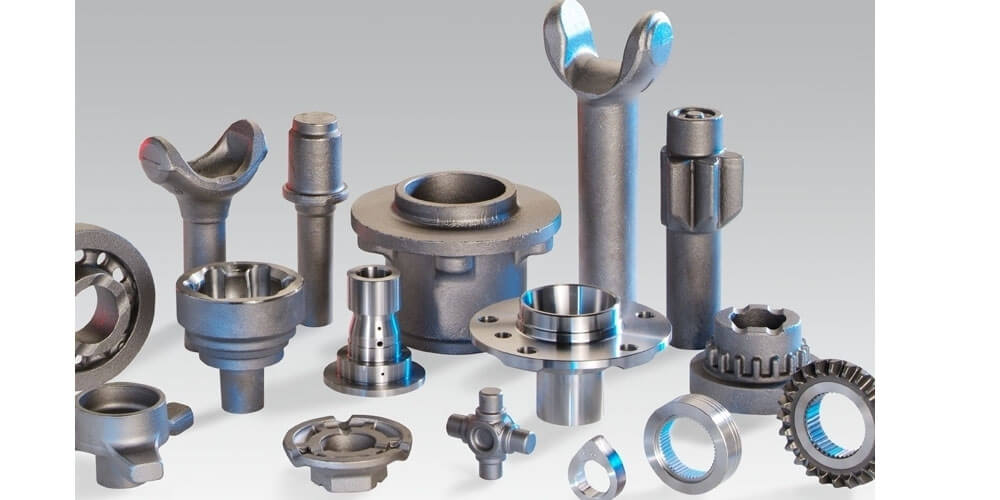The forging technology is used to shape metal pieces into their desired shapes. In China, especially, this technology is useful in making properly defined metal shapes. From utilizing simple hammers in the past centuries to shape metals to creating complex shapes currently, forging witnessed advancements in several ways. China is now taking advantage of the metal shaping process to grow its industrial economy. Here is an overview of cold forging china.
The backstories
During BC, forging developed into an indispensable human civilization activity. That is around the time the wordsmith emerged too. For decades, a smith performed forging. They used a hammer.
Manufacturers also introduced water power into the production process. At that time, the smiths used wrought iron to forge charcoal fires. They also used bellows to increase heat. With these measures, the experts used a hammer to bend and cut then shape metal into knives.
Forging in China today
By this time, forging became a primary production method in China. It is largely used as a significant industrial production process. Around the 12th century, metal forging was used to power hammers. This increased the iron size used for producing metallic tools.
A rapid evolution occurred, and modern forging became a reliable manufacturing process for most business professionals in the Chinese economy. The cold forging process is still evolving. The people of China use computers to automate it. They also streamline the process using top-notch machines. That way, creating precise parts for sectors such as aerospace is easy.
Developing China’s Economy
China is at crossroads in the development process. Rapid industrialization, modernization, and gains in efficiency are not enough to sustain the fast-growing economy. The country’s declining returns in public investment coupled with the aging population add to the need to find new, efficient economic growth drivers.
Throughout the years of development, forging in China became an effective method used to produce various metallic parts. These elements are used for critical applications. Some of these applications include:
- Forging metallic parts of tools needed in the medical sector
- Forging metallic parts of tools required in making anti-lock systems
- Making clutch hubs
- Making pins
- Making intermediate shafts
- Manufacturing steering parts
- Manufacturing suspension parts
Revenue from these industries contributes to China’s economic growth. Note, regardless of the term cold forming, the process occurs near room temperature, which is not cold. Some of the metals used in these processes are carbon alloys and steel. Impression -die forging is one of the famous techniques used in most manufacturing processes.
Manufacturers can choose cold forging instead of hot forging for several reasons.
- Cold, forged parts need little finishing work.
- The fabrication process is usually dispensable.
- It is economical and time-saving.
- Besides, cold forging can barely get exposed to contamination problems.
- The end products are usually of high quality.
Final Thoughts
Cold forging uses a variation of impressions found in die forging. The process comes in several types, such as cold heading and cold drawing. These processes help to manufacture various products. It is these consumer products that grow China’s economy.
